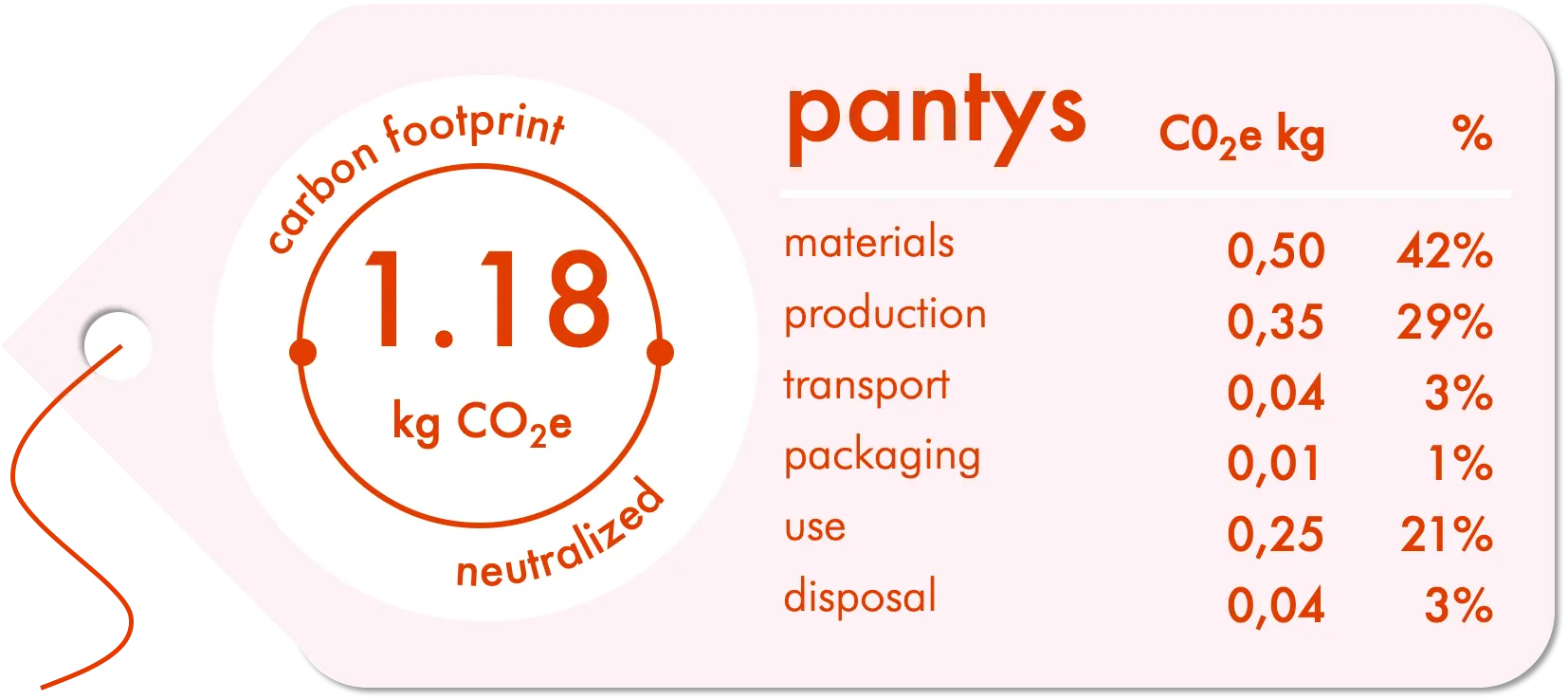In a world where sustainability is becoming increasingly important, consumers are actively looking for ways to reduce their environmental footprint. This has led to a growing trend: carbon labelling. By listing a product's carbon footprint directly on its packaging, consumers can make informed choices about the products they buy and use. But what exactly is carbon labeling and why is it so important?
What is carbon labelling?
Carbon labelling, also known as CO2 labelling, is the process of quantifying and displaying the total amount of greenhouse gases emitted during the life cycle of a product. This includes everything from raw material extraction and production to transportation and final disposal. The label gives consumers insight into the environmental impact of their purchase, often expressed in CO2 equivalents per unit or per use.

Source: Clevercarbon.io
Why is carbon labelling important?
- Raising awareness: Even if consumers don't choose solely based on carbon labels, it helps them become more aware of the broader impact of their consumption.
- Incentive for producers: When consumers start choosing based on carbon labels, companies have a clear incentive to optimize their processes and adopt more sustainable practices.
- Transparency: Consumers have the right to know the impact of their purchases. Carbon labeling promotes transparency and honesty in the market.
- Raising awareness: Even if consumers don't choose solely based on carbon labels, it helps them become more aware of the broader impact of their consumption.
Carbon footprint calculation
Calculating the carbon footprint of a product is not an easy task and goes beyond just measuring direct emissions during production. It includes a holistic assessment of the entire life cycle of a product: from raw material extraction to production, transport, use and final disposal. Various methodologies and tools are available to calculate this footprint, such as life cycle assessment (LCA). These in-depth analyzes help companies gain insight into where the greatest environmental impact is and where there is potential for improvement. These insights allow companies to take targeted steps to reduce their CO2 emissions and thus contribute to a more sustainable future.
Challenges and criticism
While the concept of carbon labeling is promising, it is not without challenges. Determining the exact carbon footprint of a product can be complex and often varies depending on the methodology used. Concerns have also been raised about "greenwashing", where companies may make misleading claims about the sustainability of their products.
European pioneers in carbon labelling
As carbon labeling grows in popularity, there are some European companies and organisations that are setting themselves apart by offering this service and driving the movement forward:
The Carbon Trust: Gevestigd in het Verenigd Koninkrijk, is The Carbon Trust een van de voorlopers op het gebied van carbon labelling. Ze hebben een 'Carbon Footprint Label' ontwikkeld dat bedrijven helpt de CO2-uitstoot van hun producten te meten, verminderen en vervolgens te labelen. Veel bekende merken maken gebruik van hun diensten.

ClimatePartner: Dit Duitse bedrijf biedt oplossingen voor bedrijven om hun CO2-uitstoot te berekenen, verminderen en compenseren. Ze hebben een duidelijk en begrijpelijk label dat aangeeft of een product klimaatneutraal is.
Ecolabel (EU Ecolabel): Terwijl het breder is dan alleen carbon labelling, speelt het EU Ecolabel een cruciale rol in het identificeren van producten en diensten die een verminderde milieu-impact hebben gedurende hun hele levenscyclus.
MyClimate: Met hoofdkantoor in Zwitserland, biedt MyClimate een scala aan diensten, waaronder carbon footprinting en labelling. Ze werken samen met bedrijven om hun CO2-voetafdruk in kaart te brengen en manieren te vinden om deze te verminderen.
EcoAct: This France-based company offers climate action strategies, including carbon footprinting and labeling. They have a wide range of services to help companies understand and minimize their environmental impact.
These companies and organisations are just some of the many active in Europe and contributing to the growing carbon labeling movement. They play a vital role in helping companies be more transparent about their environmental impact and providing consumers with the information they need to make sustainable choices.
Conclusion
Carbon labeling is a powerful tool in the fight against climate change, allowing consumers and businesses to work together towards a more sustainable future. It is a step towards transparency, responsibility and promoting sustainable consumption. As the practice continues to develop and refine, it has the potential to have a lasting impact on how we think about and act in the world of consumer goods.
Make the difference: Choose sustainability with carbon labelling
Take the lead in environmental awareness. Start integrating carbon labeling into your products today and contribute to a more sustainable world.













